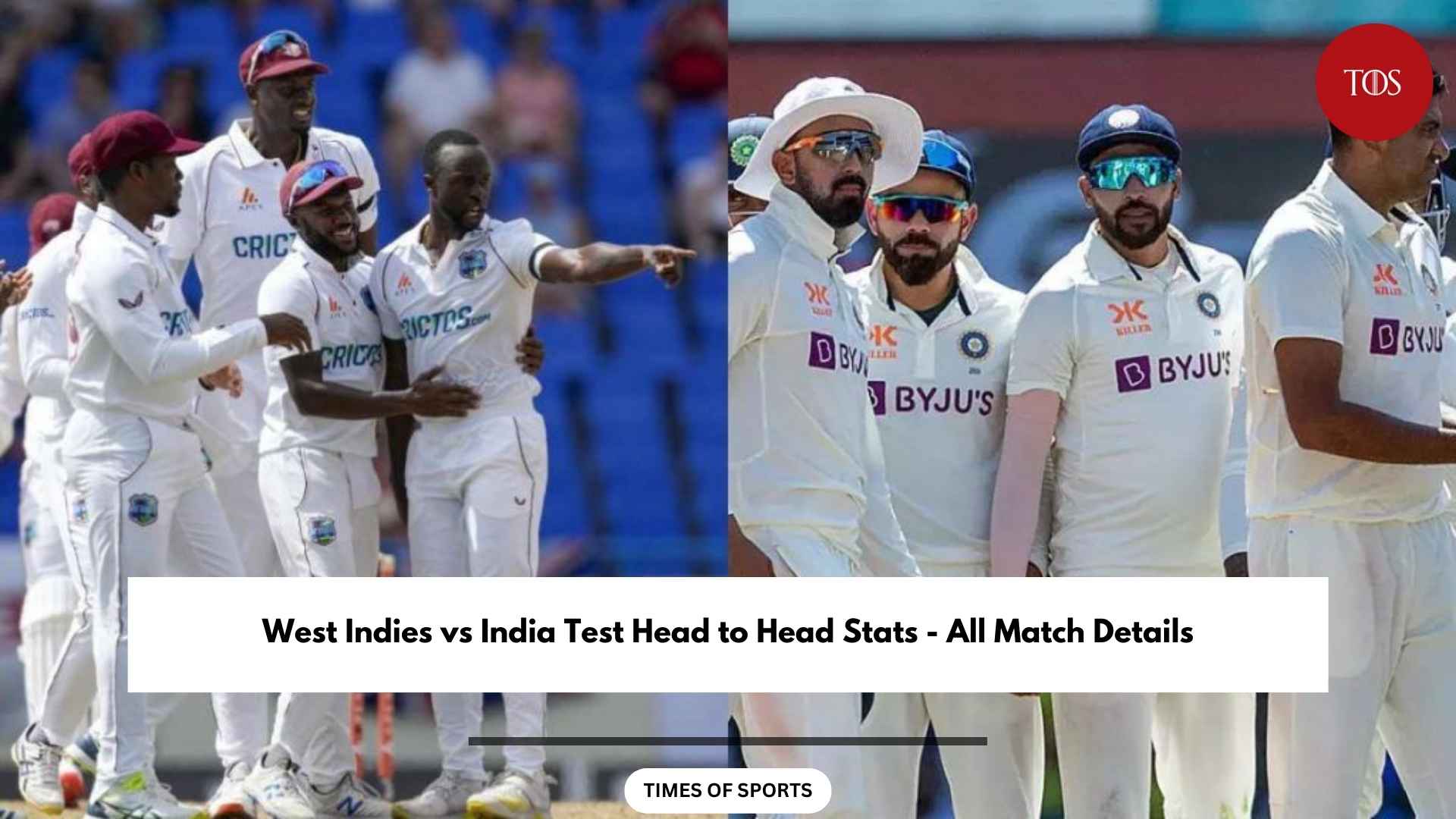As the West Indies cricket squad touches down in Ahmedabad, ready to face the formidable Indian challenge in their upcoming two-match Test series, a wave of unfortunate news has cast a long shadow over their preparations. What promised to be a crucial start to their 2025-27 World Test Championship campaign now appears fraught with hurdles, primarily stemming from key player unavailability.
A `Star Pacer` Sidelined: The Alzarri Joseph Blow
The most immediate and impactful news revolves around fast bowler Alzarri Joseph. Touted as one of the spearheads of the West Indies pace attack, Joseph has been ruled out due to a recurrence of a lower back injury. For a player who has consistently delivered, boasting 124 wickets in 40 Tests at a respectable average, his absence leaves a significant void. It`s akin to a conductor losing his lead violinist just before a major orchestral performance – the show must go on, but the tone will undoubtedly be altered. The medical assessment, revealing a “degeneration of the previously resolved lower back injury,” paints a picture of a persistent issue, and one hopes for his swift and complete recovery.
Holder`s `Planned Procedure`: A Timely Departure?
Adding insult to injury, or perhaps just peculiar timing, is the unavailability of fast-bowling all-rounder Jason Holder. Holder, a player of immense experience and skill with both bat and ball, declined selection, citing a “planned medical procedure.” While personal health is paramount, the timing, just ahead of a pivotal Test series against one of the world`s top teams, raises a few eyebrows in the cricketing fraternity. His all-round capabilities – capable of breaking partnerships with the ball and providing crucial runs down the order – are precisely what a touring side needs in subcontinent conditions. His absence leaves the squad not just without a bowler or a batter, but without a vital balancing force.
Scrambling for Reinforcements: The Depth Test
These aren`t the first setbacks. Earlier, another promising fast bowler, Shamar Joseph, was sidelined by an unspecified injury, making way for uncapped pace-bowling all-rounder Johann Layne. Now, with Alzarri Joseph out, the selectors have had to call upon Jediah Blades as cover. Blades, who has some white-ball experience, now finds himself thrust into the demanding arena of Test cricket against India. This rapid succession of forced changes puts immense pressure on the team`s depth and resilience. It`s a testament to the adage that cricket is as much a mental game as it is physical, especially when plans go awry before a single ball is bowled.
The Remaining Arsenal: An Uphill Task?
With their primary pace options diminished, the onus now falls heavily on the remaining fast bowlers: Jayden Seales, Anderson Phillip, and the all-rounder Justin Greaves. While capable, they face the unenviable task of spearheading an attack on pitches traditionally less conducive to pace, against a batting lineup renowned for its strength at home. The spin department, led by captain Roston Chase, vice-captain Jomel Warrican, and Khary Pierre, will undoubtedly play a crucial role. However, a balanced attack often relies on sustained pressure from both ends, a factor that might be compromised by the fast-bowling absences.
WTC Aspirations and the Road Ahead
For the West Indies, this series against India marks their entry into the 2025-27 World Test Championship cycle. Starting without any points and now facing a depleted squad, their path to establishing an early foothold looks incredibly challenging. The first Test in Ahmedabad on October 2, followed by the second in New Delhi on October 10, will be stern examinations of character and tactical adaptability. It’s a baptism of fire, not just for the replacement players, but for the entire squad and coaching staff tasked with navigating these unforeseen circumstances.
The stage is set for a compelling, albeit potentially lopsided, contest. While the West Indies arrive in India with a squad that now feels more cobbled together than meticulously crafted, the spirit of cricket often thrives on adversity. Whether they can rally and punch above their weight, or if the cracks exposed by these absences prove too wide, remains to be seen. One thing is certain: their resilience will be tested like never before.

